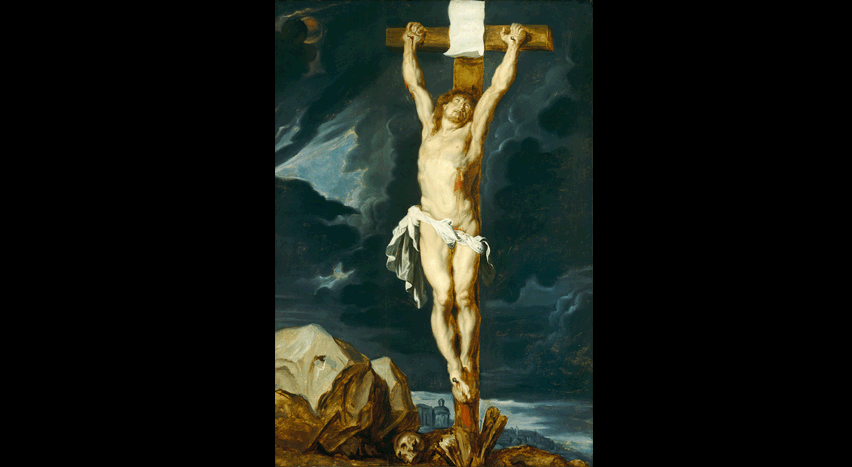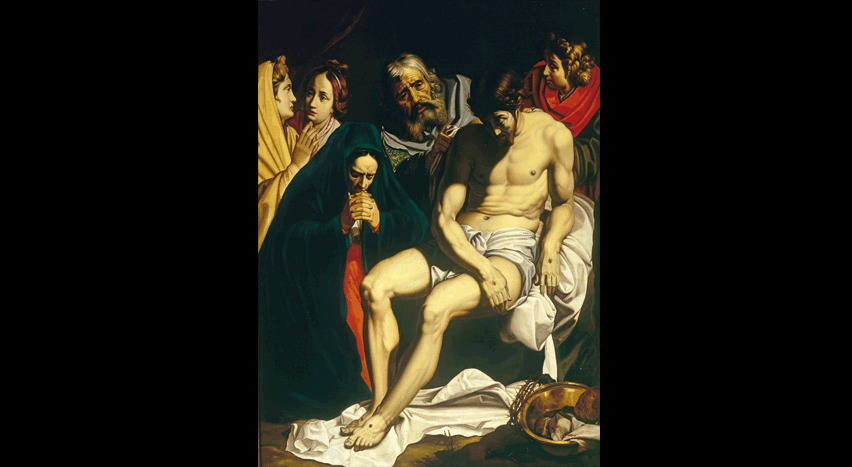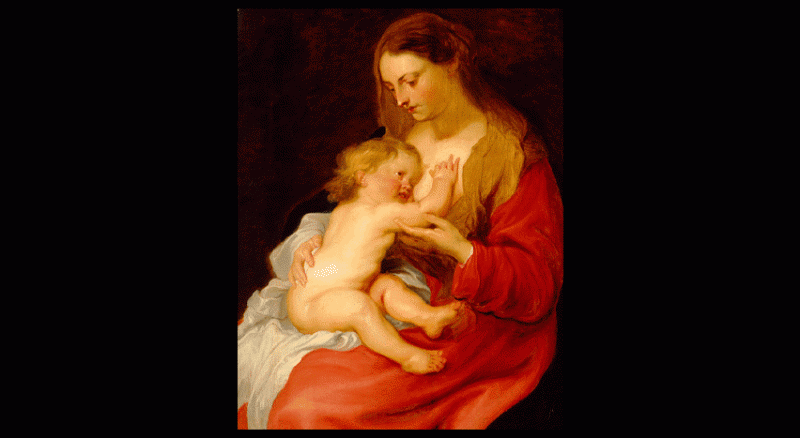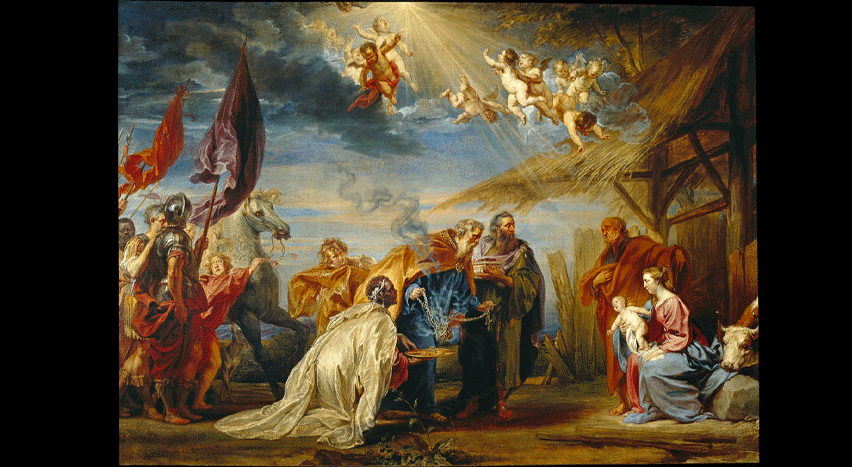Flemish Baroque
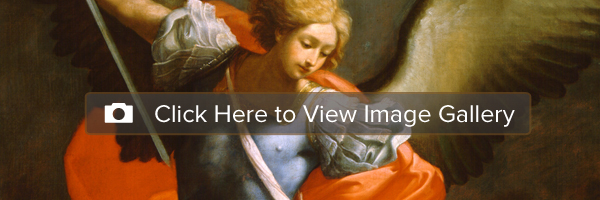
In the 16th and 17th centuries, the Spanish Hapsburgs ruled present-day Belgium, then known as the Spanish Netherlands or Flanders (after its most prosperous province). Philip II reigned in an alliance with the Catholic Church that determined the religious tenor of his northern lands. The Catholic influence and doctrines oppressed many in the United Provinces (present day Netherlands) since they were predominantly Protestant. However, the Dutch Protestants soon gained their independence (beginning in 1609) from their southern counterpart in Flanders and became an independent Republic.
As a distinctly Catholic region, the Spanish Netherlands provided a wealth of opportunities for artists to find work through church commissions; therefore, the coastal city of Antwerp emerged as the leading cultural force in the first decades of the 17th century.
Although some of the greatest artists of the period made Antwerp their home, by mid-century the city had fallen into financial and political difficulty. Two major factors contributed to the economic decline of the Spanish Netherlands in the 17th century: the end of the 12-year truce with the Dutch Protestants in 1621 and the closing of Antwerp’s harbor in 1648 after the Peace of Westphalia. In spite of this decline, artistic patronage in the city continued to flourish, and Flemish painters received important commissions both at home and abroad.
